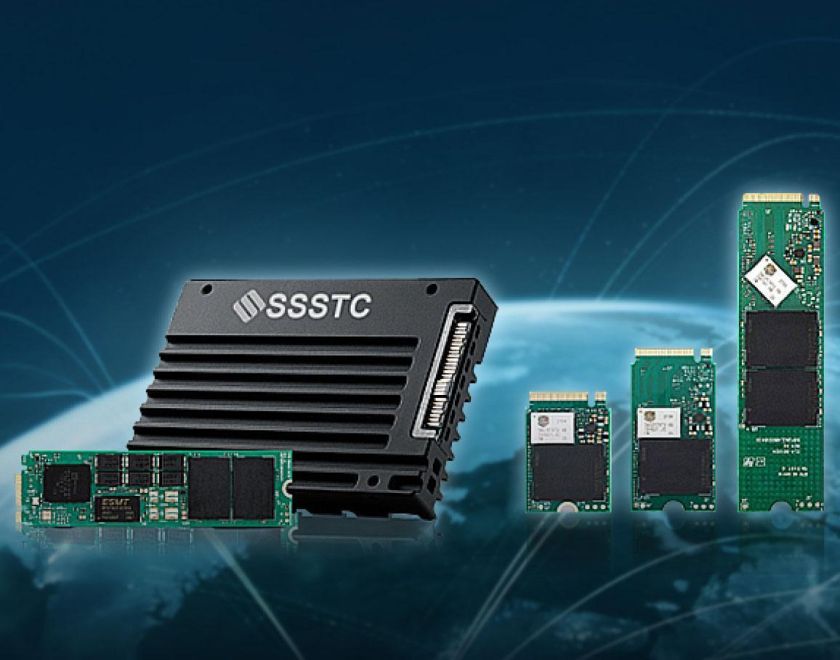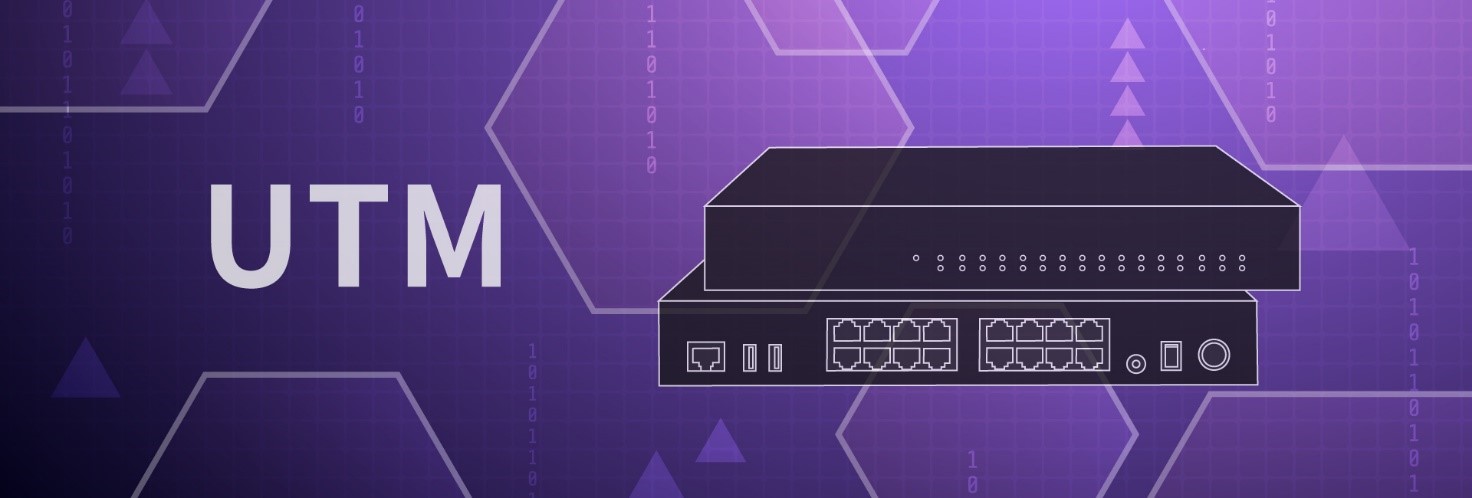
UTM
A UTM (Unified Threat Management) appliance, also known as UTM Firewall, is a hardware device that plugs in to corporate network at the network perimeter providing a comprehensive and easily managed security solution. Which is evolved from the conventional firewall by integrating multiple network security functions in one device. The functions of UTM appliances include ICF (Internet Connection Firewall), VPN (Virtual Private Network), IDS (Intrusion Detection System), IPS (Intrusion Prevention System), GAV (Gateway Anti-Virus), CAG (Cellopoint Anti-Spam Gateway), DLP (Data Loss Prevention), Content Filtering, Load Balancing, and On-Appliance Reporting, etc.
As enterprises utilize computer-based and cloud-based management solutions, all types of data security issues ensue. While the cyber security threats grow in complexity and diversity, the types of network security equipment have gradually increased. To ensure management convenience and cost-effectiveness, UTM started to receive positive attention from small and medium businesses. A single UTM appliance provides centralized management, housing multiple network protection modules without having to install different equipment catering to various functionalities. It does not merely save considerable installation cost but lessen procurement, deployment, and management debacles. Small and medium enterprises without in-house information security engineer can still lower the cyber security risk by outsourcing the UTM management.
A UTM serves as a gateway onto the corporate network, providing all the security services to protect the network by accurately identifying all threats from malware, unauthorized intrusion, and other security risks and carrying out the control tasks such as speed-limitation, flow-limitation, or obstruction while maintaining corporate network operation normally. As UTM integrates multiple security capabilities, it might have a detrimental effect on the performance (in terms of data throughput). Therefore, the selection of the UTM applianceis to achieve an optimal balance between performance and security.
UTM Working Flow Chart
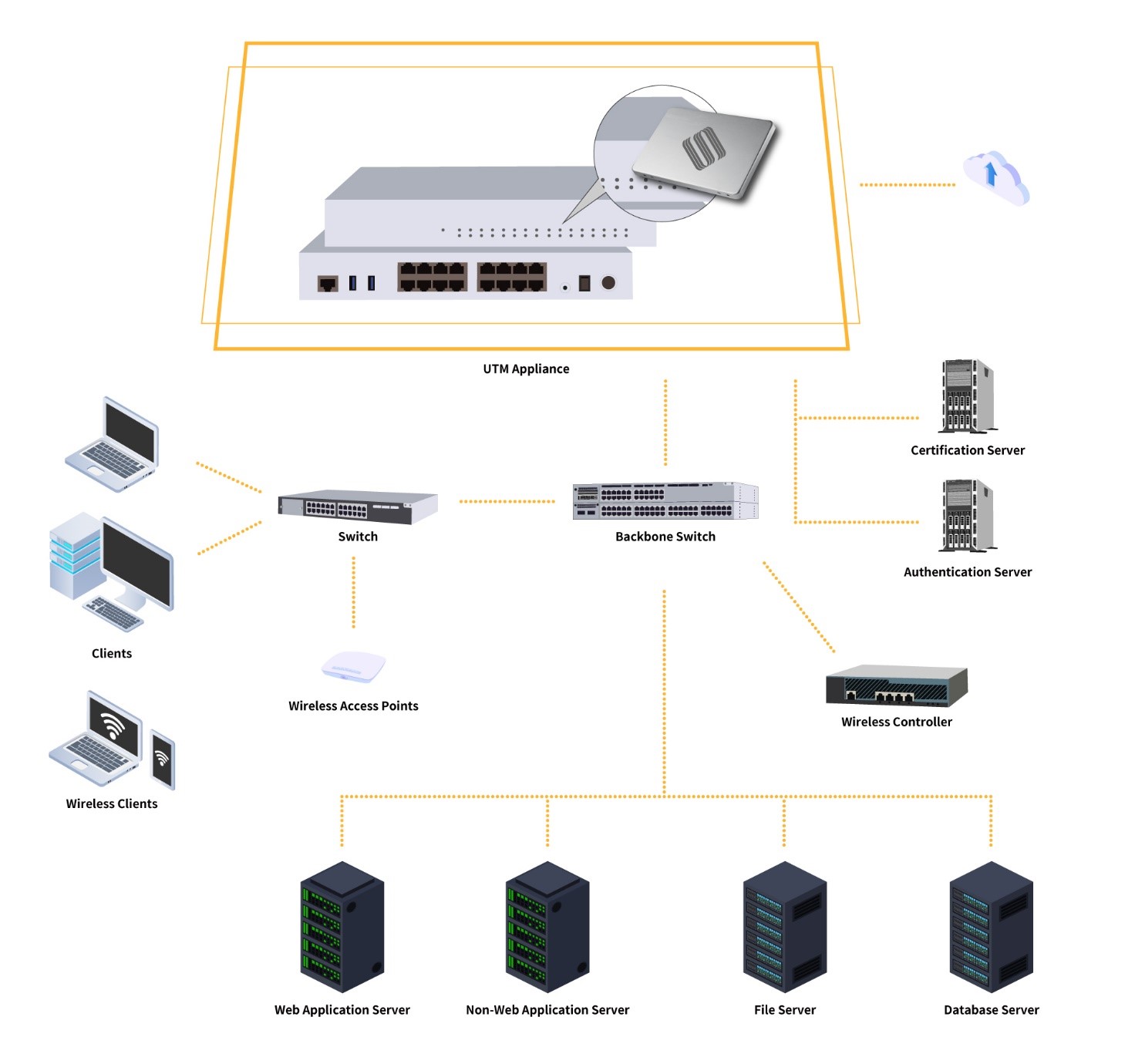
As the conventional UTM devices merely feature the basic reporting function, unable to provide sufficient comprehensive reports and logs due to the shortage in storage. The latest UTM appliances usually feature built-in SSDs with adequate storage space to carry out complete data recording, as well as system and mail backup. Hence it is able to produce comprehensive reports and logs with many report formats available from the UTM. The enterprise-grade SSDs with high read-write speed by Solid State Storage Technology Corporation can effectively ramp up UTM appliances performance. As the read-write speed of SATA SSDs by Solid State Storage Technology Corporation is five times faster than those of the conventional HDDs and those of PCIe® 4.0 NVMeTM SSDs are sixty-eight times faster.
Successful Case
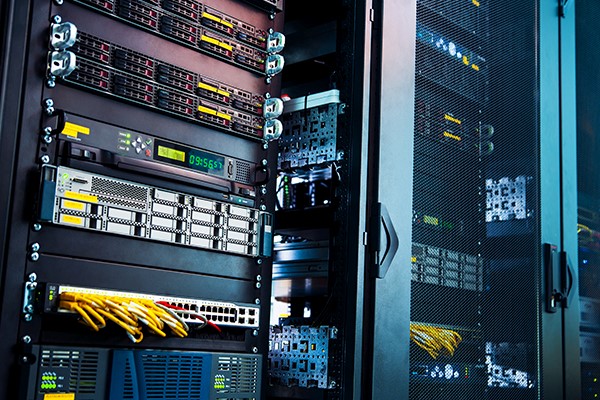
PCIe® NVMeTM M.2 2280 SSDs produced by Solid State Storage Technology Corporation are featured in the UTM firewall products of a world-renowned enterprise networking equipment supplier to provide the most reliable network security solutions.
SSD Model: CL1 PCIe® M.2 2280 SSD

A worldwide top-end cloud managed network solution provider’s cloud-based firewall products designed specifically for SD-WAN applicationsequip SATA 2.5” and SATA M.2 SSDs by Solid State Storage Technology Corporation providing the safest protection for the latest types of enterprise hybrid networks.
SSD Model: CV8 Series SATA 2.5-inch & M.2 2280 SSD
NVMe™ SSD
960GB / 1920GB / 3840GB / 7680GB
NAND Flash: 3D TLC NAND Flash
Interface: PCIe® Gen4 x4
Sequential Read: UP to 6600 MB/s
Sequential Write: UP to 3500 MB/s
SATA SSD
240GB / 480GB / 960GB / 1920GB
NAND Flash: 3D TLC NAND Flash
Interface: SATA 3 (6Gb/s)
Sequential Read: UP to 520 MB/s
Sequential Write: UP to 520 MB/s
SATA SSD
40GB / 80GB / 160GB / 256GB / 320GB / 640GB
NAND Flash: 3D pSLC(TLC)
Interface: SATA 3 (6Gb/s)
Sequential Read: UP to 550 MB/s
Sequential Write: UP to 510 MB/s
SATA SSD
120GB / 128GB / 256GB / 480GB / 512GB / 960GB / 1024GB / 2048GB
NAND Flash: 3D TLC NAND Flash
Interface: SATA 3 (6Gb/s)
Sequential Read: UP to 550 MB/s
Sequential Write: UP to 510 MB/s
NVMe™ SSD
80GB / 160GB / 320GB
NAND Flash: 3D pSLC(TLC)
Interface: PCIe® Gen4 x4
Sequential Read: UP to 3700 MB/s
Sequential Write: UP to 2600 MB/s
NVMe™ SSD
40GB / 80GB / 160GB / 320GB / 640GB /1280GB
NAND Flash: 3D TLC NAND Flash
Interface: PCIe® Gen3 x4
Sequential Read: 3,100 MB/s
Sequential Write: 1,500 MB/s
NVMe™ SSD
40GB / 80GB / 160GB / 320GB / 640GB /1280GB
NAND Flash: 3D TLC NAND Flash
Interface: PCIe® Gen3 x4
Sequential Read: 3,100 MB/s
Sequential Write: 1,500 MB/s
NVMe™ SSD
80GB / 160GB / 320GB
NAND Flash: 3D TLC NAND Flash
Interface: PCIe® Gen4 x4
Sequential Read: UP to 3,500 MB/s
Sequential Write: UP to 2,100 MB/s
NVMe™ SSD
128GB / 256GB / 512GB / 1024GB / 2048GB /4096GB
NAND Flash: 3D TLC NAND Flash
Interface: PCIe® Gen3 x4
Sequential Read: 3,100 MB/s
Sequential Write: 1,500 MB/s
NVMe™ SSD
128GB / 256GB / 512GB / 1024GB / 2048GB /4096GB
NAND Flash: 3D TLC NAND Flash
Interface: PCIe® Gen3 x4
Sequential Read: 3,100 MB/s
Sequential Write: 1,500 MB/s
NVMe™ SSD
256GB / 512GB / 1024GB / 2048GB
NAND Flash: 3D TLC NAND Flash
Interface: PCIe® Gen4 x4
Sequential Read: UP to 6,800 MB/s
Sequential Write: UP to 4,800 MB/s
NVMe™ SSD
240GB / 256GB /480GB/ 512GB / 960GB/ 1024GB
NAND Flash: 3D TLC NAND Flash
Interface: PCIe® Gen4 x4
Sequential Read: UP to 3,700 MB/s
Sequential Write: UP to 2,600 MB/s
NVMe™ SSD
256GB / 512GB / 1024GB
NAND Flash: 3D TLC NAND Flash
Interface: PCIe® Gen4 x4
Sequential Read: UP to 3,700 MB/s
Sequential Write: UP to 2,600 MB/s
NVMe™ SSD
128GB / 256GB / 512GB
NAND Flash: 3D TLC NAND Flash
Interface: PCIe® Gen3 x4
Sequential Read: UP to 2,000 MB/s
Sequential Write: UP to 1,100 MB/s
NVMe™ SSD
128GB / 256GB / 512GB/ 1024GB
NAND Flash: 3D TLC NAND Flash
Interface: PCIe® Gen3 x4
Sequential Read: UP to 2,000 MB/s
Sequential Write: UP to 1,100 MB/s
NVMe™ SSD
128GB / 256GB / 512GB
NAND Flash: 3D TLC NAND Flash
Interface: PCIe® Gen3 x4
Sequential Read: UP to 3,700 MB/s
Sequential Write: UP to 2,600 MB/s
SATA SSD
128GB / 256GB / 512GB / 1024GB
NAND Flash: 3D TLC NAND Flash
Interface: SATA 3 (6Gb/s)
Sequential Read: UP to 550 MB/s
Sequential Write: UP to 510 MB/s
SATA SSD
128GB / 256GB / 512GB
NAND Flash: 3D TLC NAND flash
Interface: SATA 3 (6Gb/s)
Sequential Read: UP to 550 MB/s
Sequential Write: UP to 450 MB/s
SATA SSD
128GB / 256GB / 512GB
NAND Flash: 3D TLC NAND Flash
Interface: SATA 3 (6Gb/s)
Sequential Read: UP to 550 MB/s
Sequential Write: UP to 450 MB/s
NVMe™ SSD
960GB / 1920GB / 3840GB
NAND Flash: 3D TLC NAND Flash
Interface: PCIe® Gen4 x4
Sequential Read: UP to 6,000 MB/s
Sequential Write: UP to 2,400 MB/s
NVMe™ SSD
128GB / 256GB / 512GB
NAND Flash: 3D TLC NAND Flash
Interface: PCIe® Gen3 x4
Sequential Read: UP to 2,000 MB/s
Sequential Write: UP to 1,100 MB/s
SATA
128GB / 256GB / 512GB / 1024GB
NAND Flash: 3D TLC NAND Flash
Interface: SATA 3 (6Gb/s)
Sequential Read: UP to 550 MB/s
Sequential Write: UP to 510 MB/s
SATA SSD
3840GB
NAND Flash: 3D TLC NAND Flash
Interface: SATA 3 (6Gb/s)
Sequential Read: UP to 520 MB/s
Sequential Write: UP to 520 MB/s
SATA SSD
240GB / 480GB
NAND Flash: 3D TLC NAND Flash
Interface: SATA 3 (6Gb/s)
Sequential Read: UP to 520 MB/s
Sequential Write: UP to 520 MB/s
SATA SSD
240GB / 480GB / 960GB / 1920GB
NAND Flash: 3D TLC NAND Flash
Interface: SATA 3 (6Gb/s)
Sequential Read: UP to 550 MB/s
Sequential Write: UP to 450 MB/s
SATA SSD
128GB / 256GB / 512GB / 1024GB / 2048GB
NAND Flash: 3D TLC NAND Flash
Interface: SATA 3 (6Gb/s)
Sequential Read: UP to 550 MB/s
Sequential Write: UP to 510 MB/s
SATA SSD
128G / 256GB / 512GB / 1024GB / 2048GB
NAND Flash: 3D TLC NAND Flash
Interface: SATA 3 (6Gb/s)
Sequential Read: UP to 550 MB/s
Sequential Write: UP to 510 MB/s



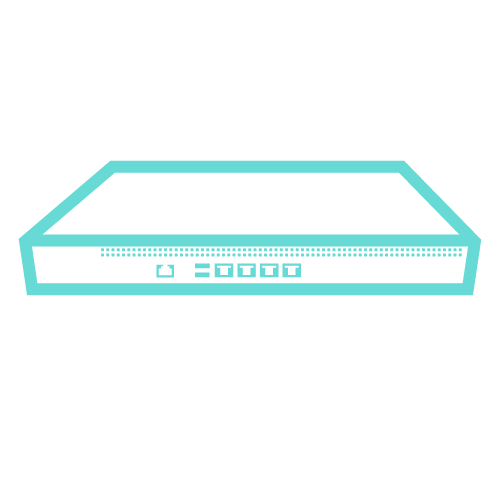
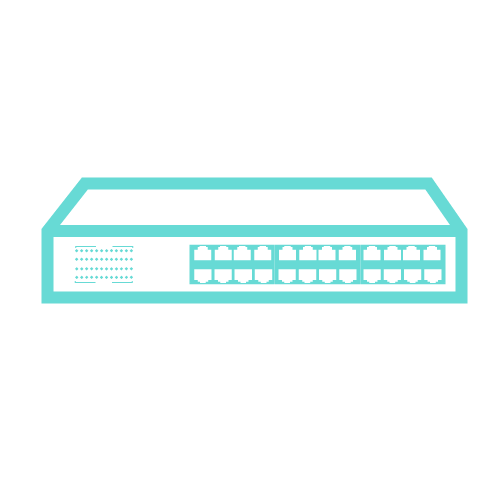
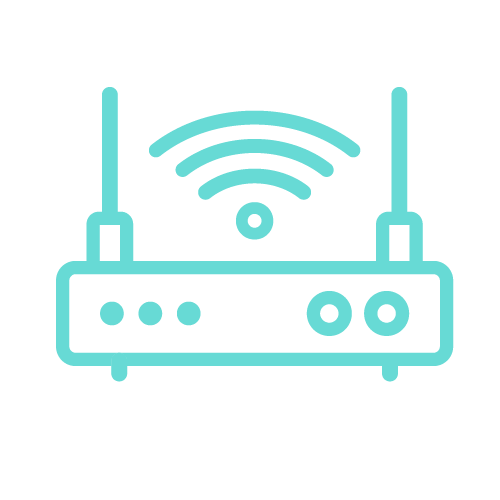
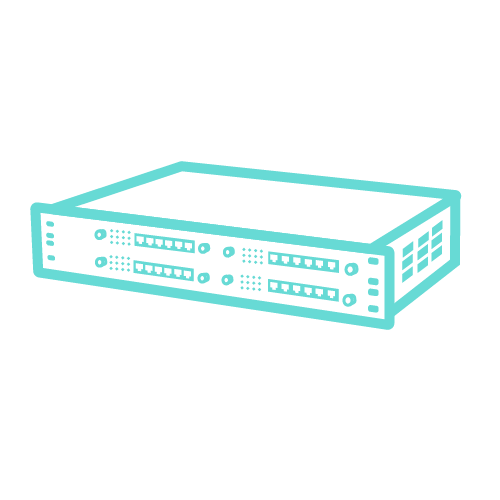
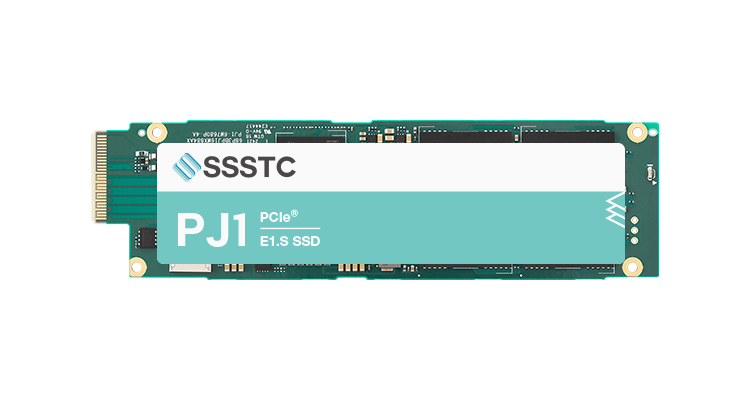
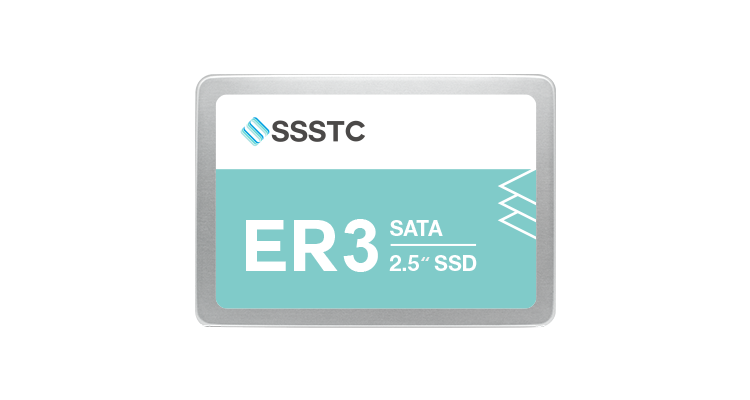
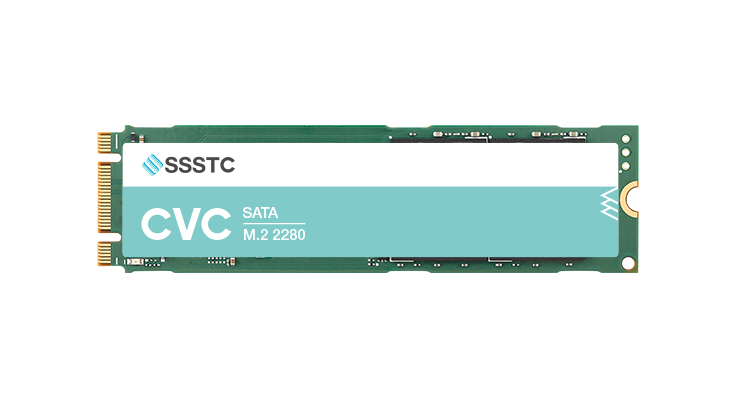
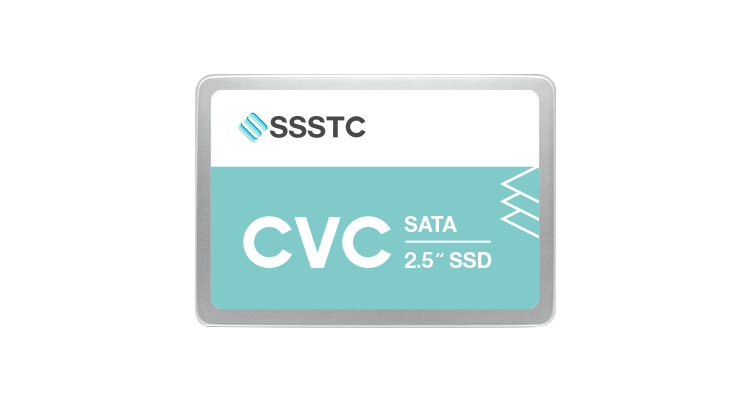
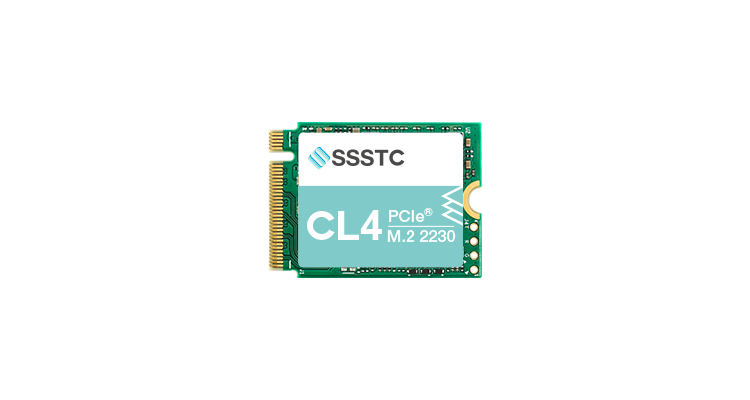
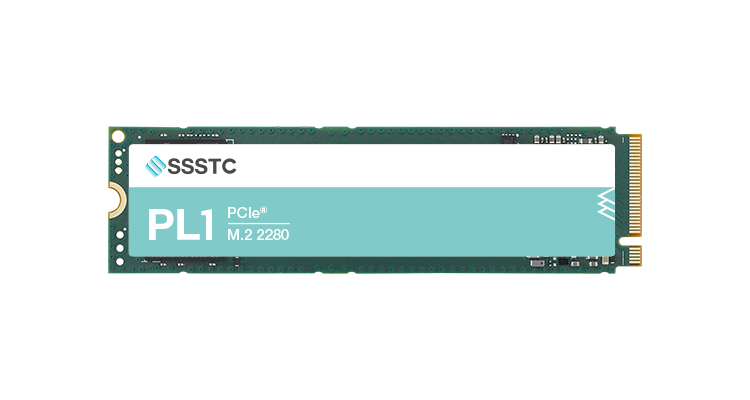
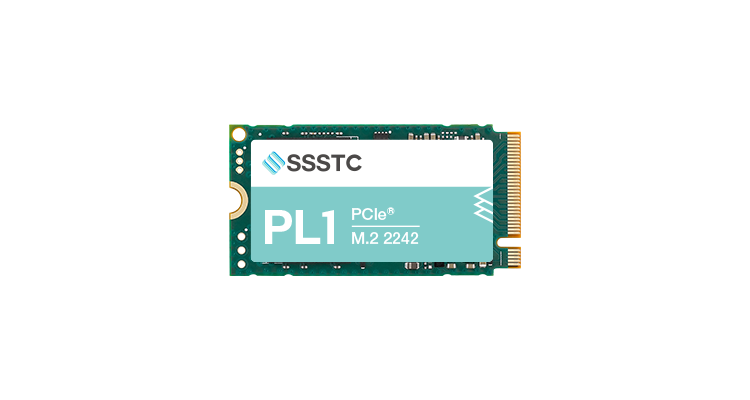
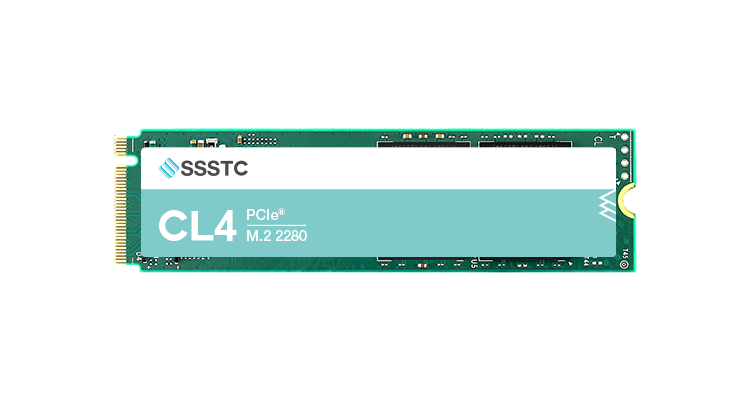
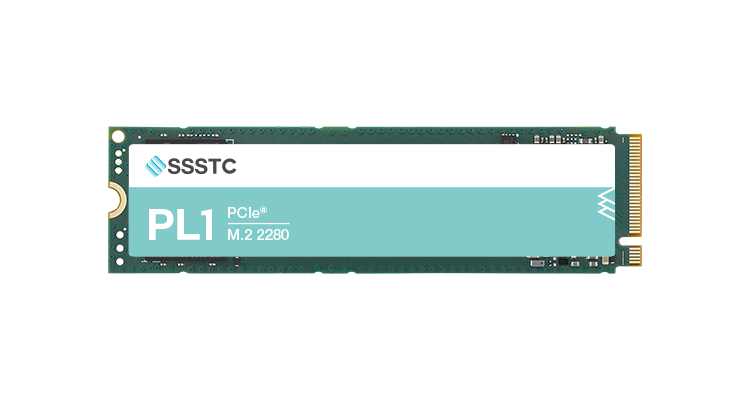
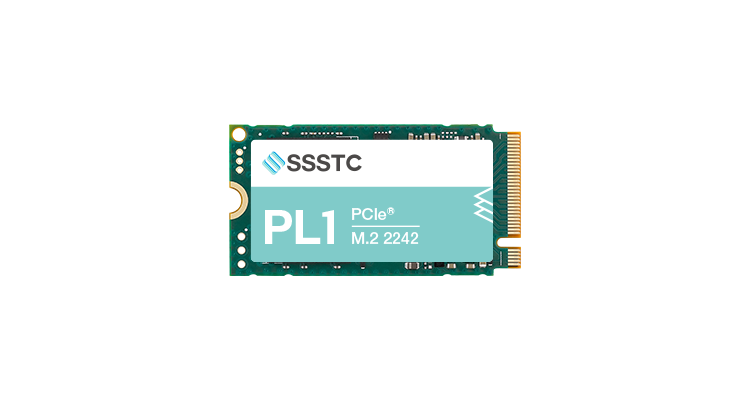
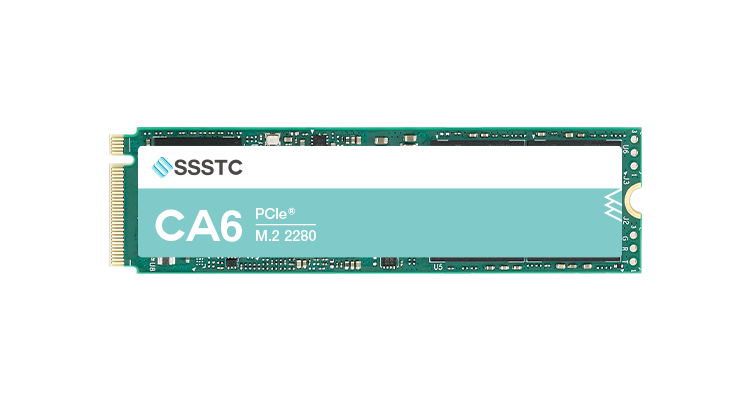
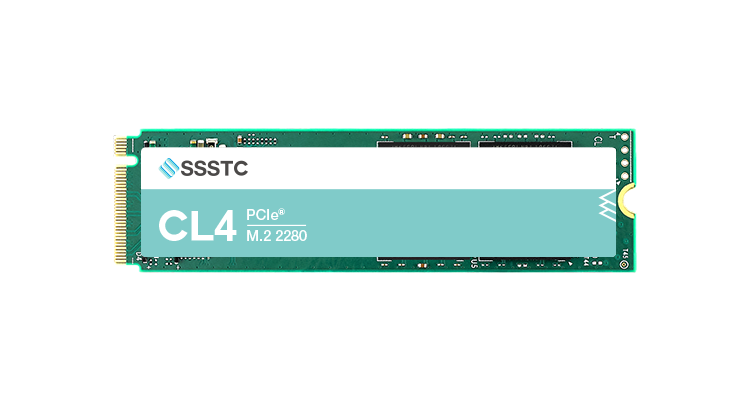
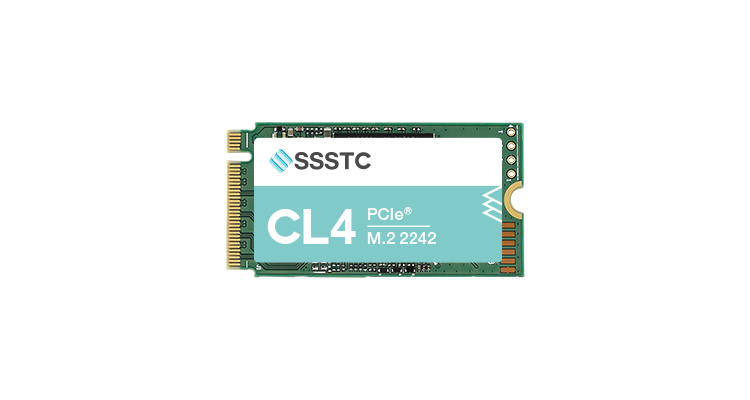
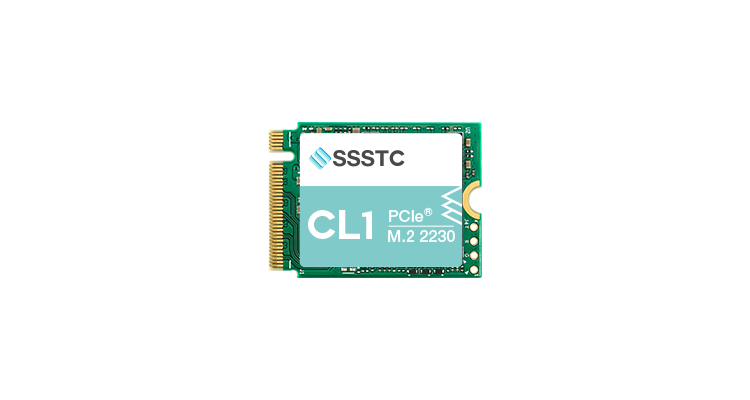
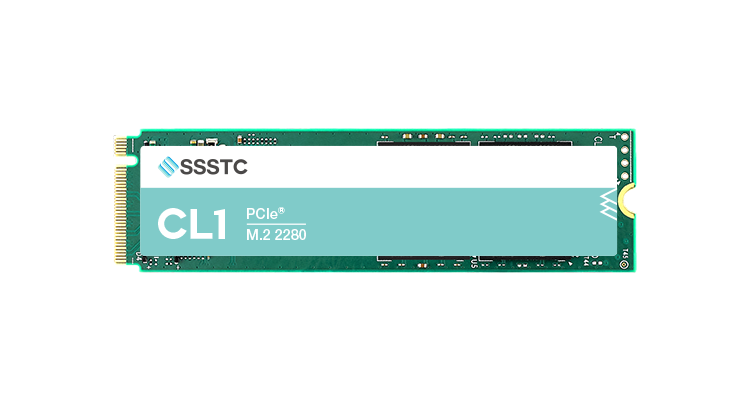
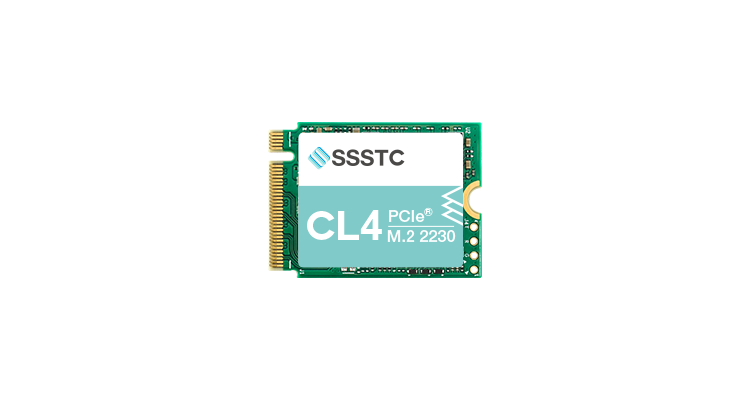
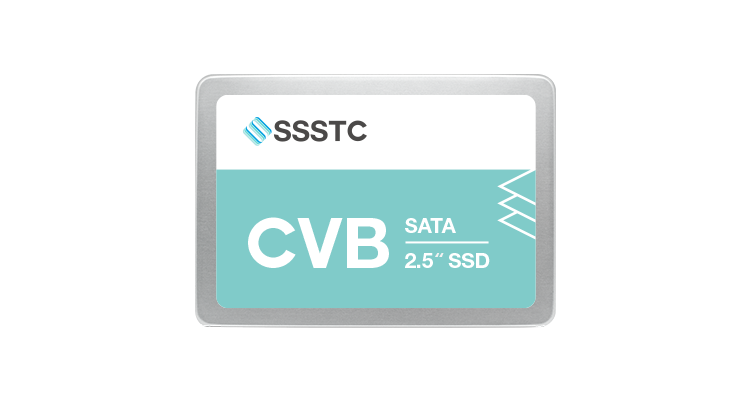
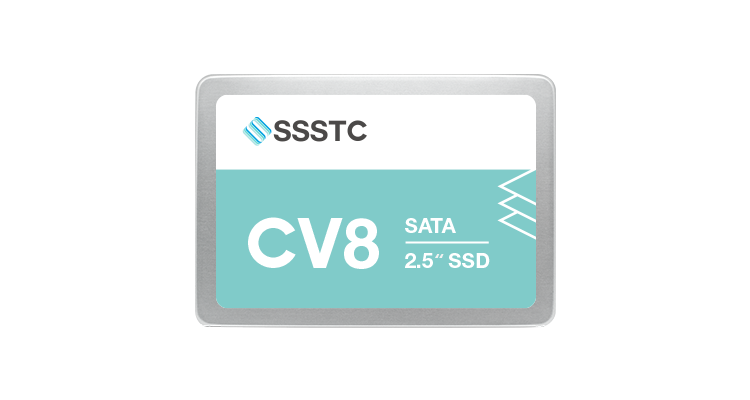
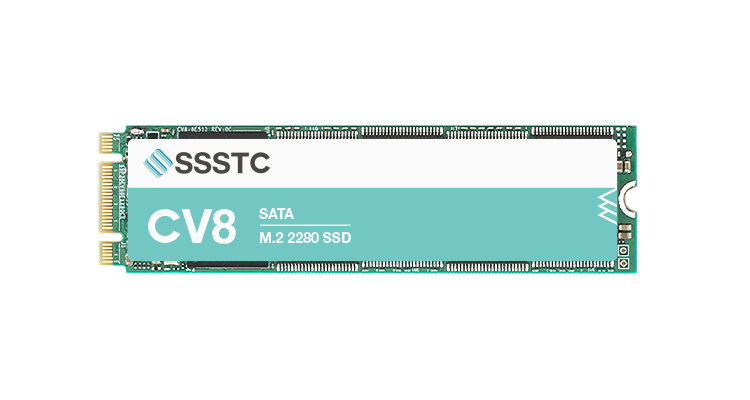
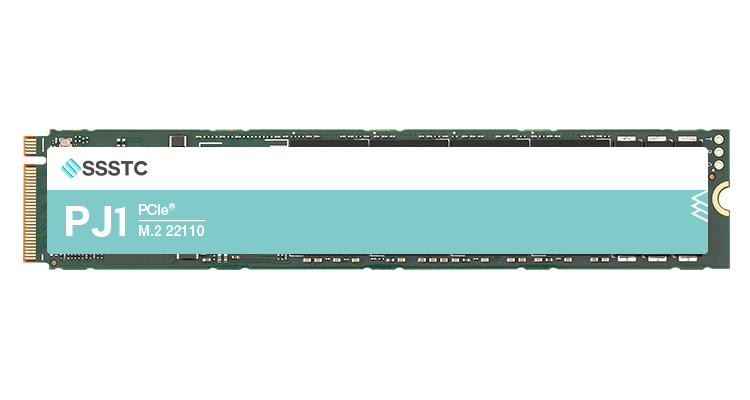
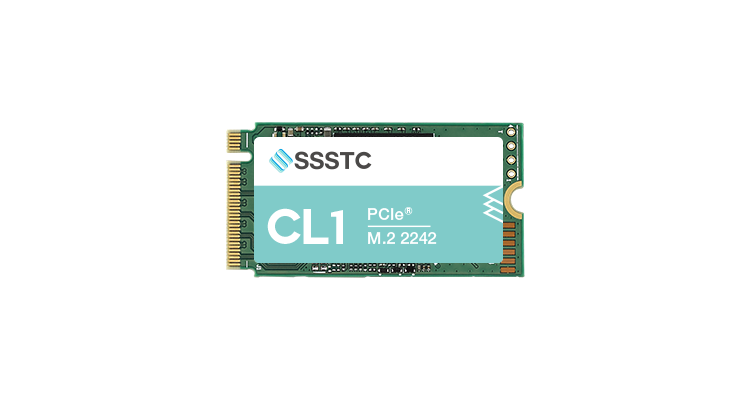
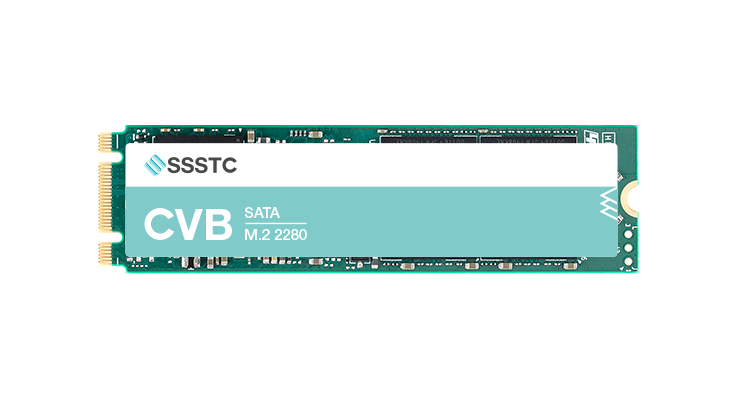
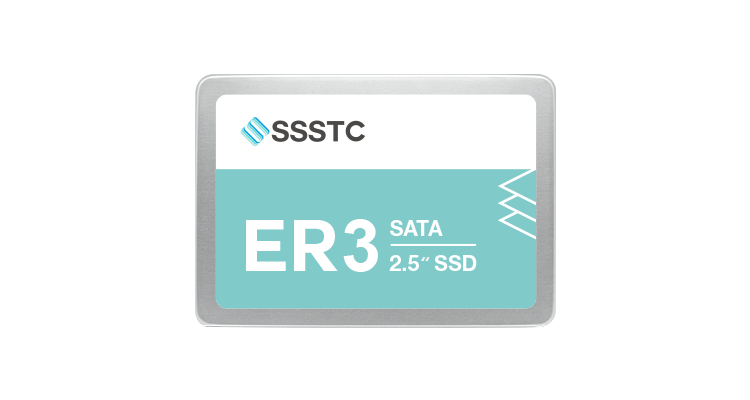
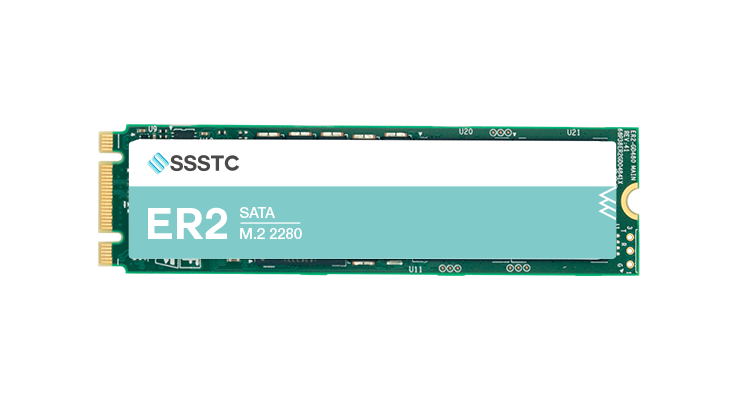
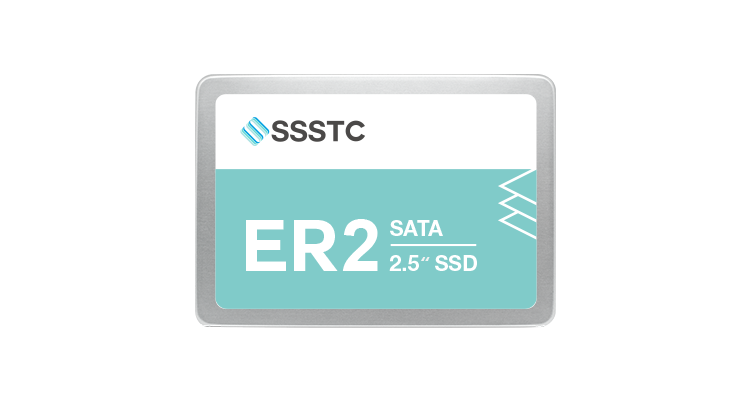
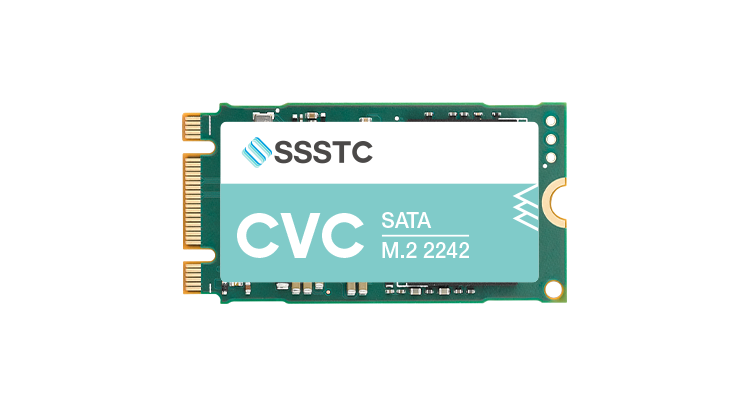
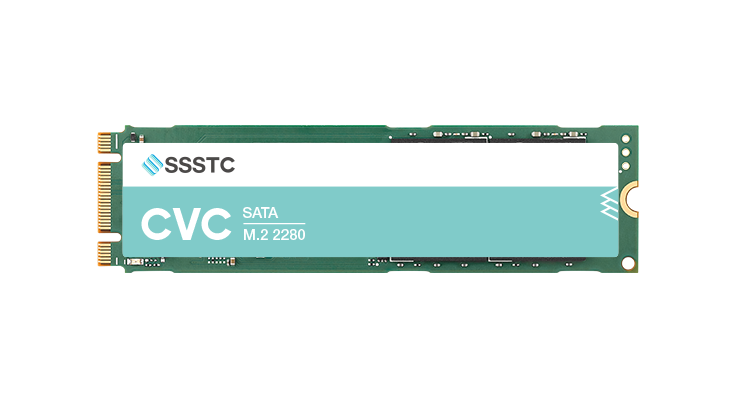
__24C15hqqtC.png)
__24C15wOdCC.png)
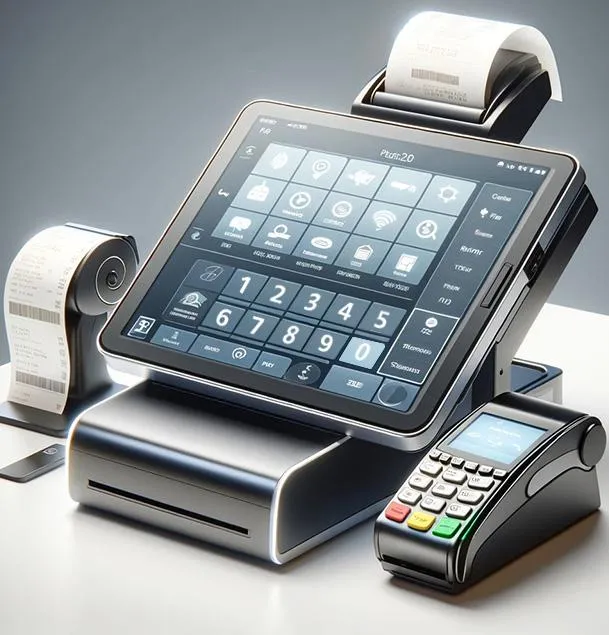

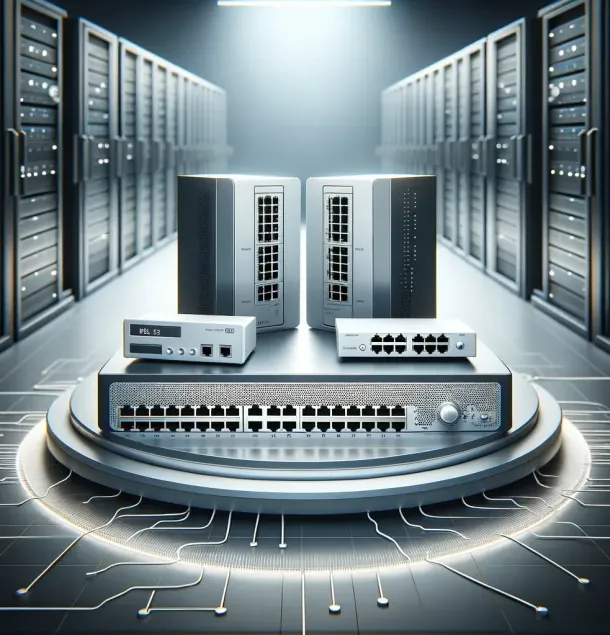






__24C05XQ2my.jpg)



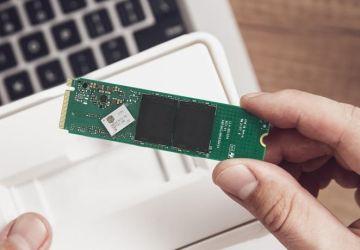



__24C05fplcZ.png)
__24C05vgHYC.png)
